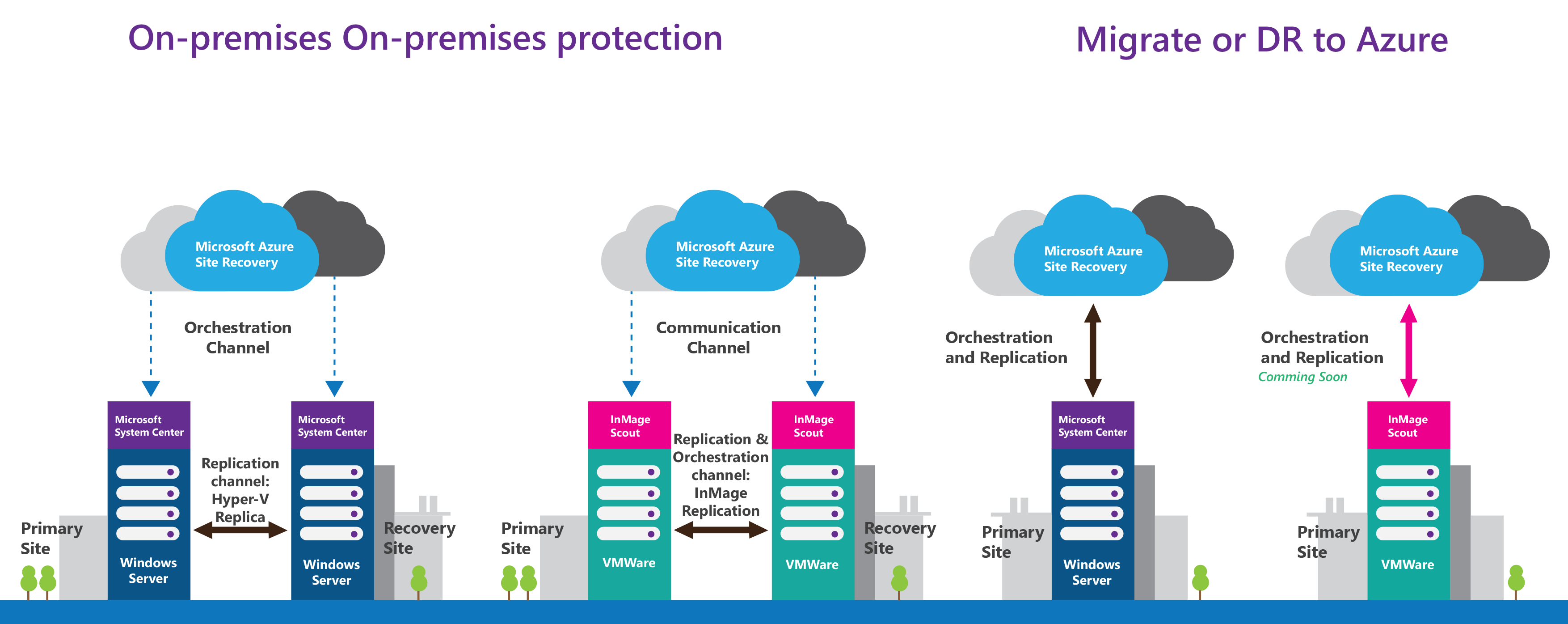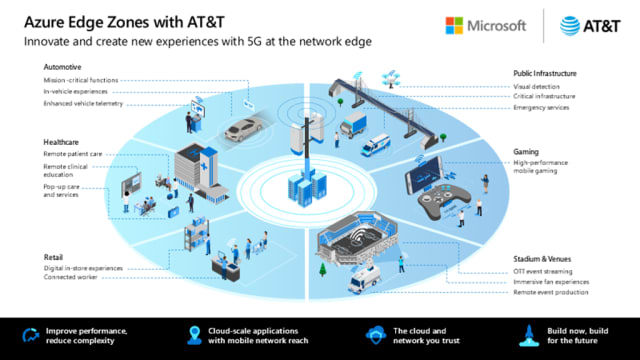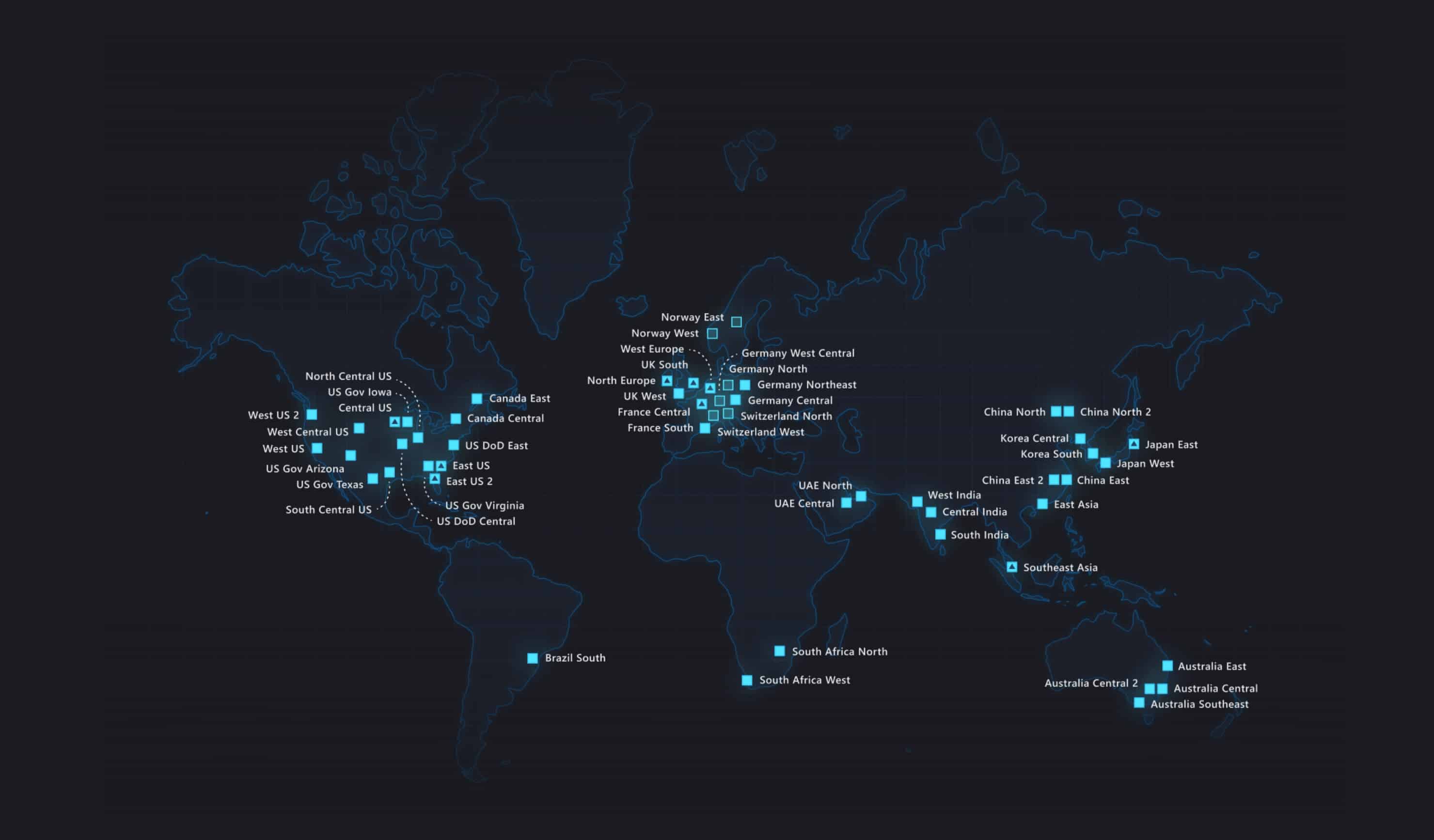What is Azure Global Infrastructure?
Azure Global Infrastructure is a network of data centers and regions that provide a robust and scalable platform for Azure services. It is designed to provide high availability, low latency, and security for applications and workloads running on Azure. The infrastructure is composed of various components, including regions, availability zones, and edge computing, which work together to provide a reliable and efficient platform for Azure services.
Azure Global Infrastructure is a critical component of Azure’s cloud computing platform, enabling businesses and organizations to build, deploy, and manage applications and workloads in a secure and scalable environment. With its global distribution, Azure Global Infrastructure ensures that applications and workloads are available and performant, regardless of the location of the end-users. This is achieved through the strategic placement of data centers and regions around the world, providing low-latency connections and ensuring that data is processed and stored close to where it is needed.
Security is a top priority for Azure Global Infrastructure, with multiple layers of security and compliance measures in place to protect applications and workloads. These measures include network security, access control, and threat detection, ensuring that Azure services are secure and compliant with various industry standards and regulations.
Key Components of Azure Global Infrastructure
Azure Global Infrastructure is composed of several key components that work together to provide a robust and scalable platform for Azure services. These components include regions, availability zones, and edge computing.
Regions are collections of data centers located in a specific geographical area. They provide a physical location for Azure services and resources, enabling customers to run their applications and workloads close to their end-users. Azure has a large number of regions worldwide, ensuring that customers can choose a location that meets their needs in terms of latency, data sovereignty, and compliance.
Availability zones are physically separate data centers within an Azure region. They are designed to provide high availability and disaster recovery capabilities for Azure services and resources. By distributing services and resources across multiple availability zones, customers can ensure that their applications and workloads remain available and performant, even in the event of a data center outage or failure.
Edge computing is a concept that involves bringing Azure services and resources closer to the edge of the network, near the end-users. By processing data and running applications at the edge, customers can reduce latency, improve performance, and save on bandwidth costs. Azure provides several edge computing solutions, including Azure Stack, Azure IoT Edge, and Azure Arc, enabling customers to extend Azure services to the edge in a consistent and secure manner.
Azure Regions: The Backbone of Azure Global Infrastructure
Azure regions are the backbone of Azure Global Infrastructure. They are collections of data centers located in a specific geographical area, providing a physical location for Azure services and resources. Azure has a large number of regions worldwide, ensuring that customers can choose a location that meets their needs in terms of latency, data sovereignty, and compliance.
Regions are designed to provide high availability, low latency, and security for Azure services. They are connected via a high-speed network, enabling customers to build highly available and scalable applications and workloads. Each region has multiple data centers, ensuring that services and resources are available and performant, even in the event of a data center outage or failure.
Regions are distributed across the globe, ensuring that customers can choose a location that meets their needs. For example, customers in Europe can choose to run their applications and workloads in the West Europe region, while customers in Asia can choose the Southeast Asia region. This distribution helps reduce latency and improve performance, as data and applications are processed and stored close to the end-users.
Regions also play a critical role in disaster recovery and business continuity. By replicating services and resources across multiple regions, customers can ensure that their applications and workloads remain available and performant, even in the event of a regional outage or failure. Azure provides several services and tools to help customers implement disaster recovery and business continuity strategies, including Azure Site Recovery and Azure Traffic Manager.
Availability Zones: Ensuring High Availability and Disaster Recovery
Availability zones are a key component of Azure Global Infrastructure, designed to ensure high availability and disaster recovery for Azure services. An availability zone is a physically separate set of data centers within an Azure region, each with its own power, cooling, and networking infrastructure. By distributing services and resources across multiple availability zones, customers can ensure that their applications and workloads remain available and performant, even in the event of a data center outage or failure.
Availability zones are different from Azure regions. While regions are collections of data centers located in a specific geographical area, availability zones are physically separate data centers within a region. This separation ensures that services and resources are available and performant, even in the event of a regional outage or failure. By replicating services and resources across multiple availability zones, customers can implement disaster recovery and business continuity strategies, ensuring that their applications and workloads remain available and performant.
Availability zones are connected via a high-speed network, enabling customers to build highly available and scalable applications and workloads. Azure provides several services and tools to help customers implement availability zone strategies, including Azure Virtual Machines, Azure Managed Disks, and Azure Load Balancer. These services enable customers to distribute services and resources across multiple availability zones, ensuring high availability and disaster recovery.
To ensure high availability and disaster recovery, customers should consider distributing their services and resources across multiple availability zones. This distribution can help reduce the risk of a single point of failure and ensure that services and resources are available and performant, even in the event of an outage or failure. Customers should also consider implementing disaster recovery and business continuity strategies, using Azure services and tools to replicate services and resources across multiple availability zones.
Edge Computing: Bringing Azure Services Closer to the Edge
Edge computing is a concept in Azure Global Infrastructure that involves bringing Azure services closer to the end-users, reducing latency, and improving the performance of Azure services. Edge computing is a distributed computing paradigm that brings computation and data storage closer to the location where it is needed, thus improving response times and saving bandwidth.
Azure Global Infrastructure has been designed to support edge computing, enabling customers to deploy and manage edge devices and applications at scale. Azure provides several edge computing solutions, including Azure IoT Edge, Azure Stack, and Azure Arc, that allow customers to run Azure services on edge devices, in remote locations, and at the edge of the network.
Azure IoT Edge is a fully managed service that enables customers to deploy Azure services to edge devices. It allows customers to run Azure services, such as machine learning, artificial intelligence, and analytics, on edge devices, reducing latency, and improving the performance of Azure services. Azure Stack is an extension of Azure that brings Azure services to on-premises environments, enabling customers to run Azure services in their own data centers.
Azure Arc is a service that enables customers to manage and govern Azure resources across on-premises, edge, and multicloud environments. It allows customers to deploy and manage Azure services in remote locations, at the edge of the network, and in multicloud environments, providing a consistent and seamless experience.
Edge computing is an essential component of Azure Global Infrastructure, enabling customers to deploy and manage edge devices and applications at scale. By bringing Azure services closer to the end-users, edge computing helps reduce latency, improve performance, and save bandwidth. Customers can choose from several edge computing solutions, including Azure IoT Edge, Azure Stack, and Azure Arc, to deploy and manage edge devices and applications in a consistent and seamless manner.
How to Choose the Right Azure Region for Your Workload
Choosing the right Azure region for your workload is a critical decision that can impact the performance, availability, and cost of your Azure services. Azure Global Infrastructure provides a wide range of regions to choose from, each with its unique characteristics, such as location, availability zones, and compliance certifications. Here are some factors to consider when choosing the right Azure region for your workload:
- Proximity to end-users: Choosing a region that is closer to your end-users can reduce latency and improve the performance of your Azure services.
- Compliance requirements: Some industries and regions have specific compliance requirements that you need to consider when choosing an Azure region. Azure provides a wide range of compliance certifications, such as HIPAA, PCI-DSS, and GDPR, to help you meet these requirements.
- Cost: The cost of Azure services can vary depending on the region. Choosing a region that is cost-effective while meeting your performance and compliance requirements can help you save on costs.
- Availability zones: Availability zones are physically separate data centers within an Azure region that provide high availability and disaster recovery capabilities. Choosing a region with availability zones can help ensure the availability and resiliency of your Azure services.
Azure provides several tools and resources to help you choose the right region for your workload, such as the Azure Region Picker and the Azure Global Infrastructure Map. These tools allow you to compare the characteristics of different regions, such as availability zones, compliance certifications, and pricing, and choose the region that best meets your needs.
In conclusion, choosing the right Azure region for your workload is a critical decision that can impact the performance, availability, and cost of your Azure services. By considering factors such as proximity to end-users, compliance requirements, cost, and availability zones, you can choose the right Azure region for your workload and ensure the success of your Azure deployment.
Security Best Practices for Azure Global Infrastructure
Azure Global Infrastructure provides a secure and reliable platform for Azure services, but it’s essential to follow security best practices to ensure the confidentiality, integrity, and availability of your Azure resources. Here are some security best practices to follow when using Azure Global Infrastructure:
- Secure Azure resources: Use Azure security features, such as Azure Security Center, Azure Monitor, and Azure Policy, to secure your Azure resources. These features provide visibility and control over your Azure resources, enabling you to detect and respond to security threats quickly.
- Manage access control: Use Azure Active Directory (Azure AD) to manage access control for your Azure resources. Azure AD provides a centralized identity and access management solution that enables you to manage user access to Azure resources securely.
- Monitor for security threats: Use Azure Security Center and Azure Monitor to monitor your Azure resources for security threats continuously. These tools provide real-time threat detection and response capabilities, enabling you to respond to security threats quickly.
- Implement network security: Implement network security best practices, such as using network security groups, Azure Firewall, and Azure Virtual Network, to secure your Azure resources. These features provide granular control over network traffic, enabling you to restrict access to your Azure resources securely.
- Encrypt data: Use Azure encryption features, such as Azure Disk Encryption, Azure Storage Service Encryption, and Azure Key Vault, to encrypt your data at rest and in transit. Encryption helps protect your data from unauthorized access and ensures the confidentiality and integrity of your data.
By following these security best practices, you can ensure the confidentiality, integrity, and availability of your Azure resources in Azure Global Infrastructure. It’s essential to stay up-to-date with the latest security best practices and features to ensure the security of your Azure resources continually.
Future Trends and Developments in Azure Global Infrastructure
Azure Global Infrastructure is continuously evolving and expanding to meet the growing demands of its customers. Here are some future trends and developments to look out for in Azure Global Infrastructure:
- Hybrid and multicloud environments: As organizations adopt hybrid and multicloud strategies, Azure Global Infrastructure will continue to provide seamless integration and management of these environments. Azure Arc, a hybrid and multicloud platform, enables customers to manage and govern their Azure resources across on-premises, edge, and multicloud environments.
- Sustainability: Azure Global Infrastructure is committed to sustainability, with a goal to be carbon negative by 2030. Azure is investing in renewable energy sources, such as wind and solar power, and implementing energy-efficient designs in its data centers. Customers can also leverage Azure’s sustainability calculator to measure the carbon emissions of their Azure workloads and make informed decisions about their carbon footprint.
- 5G and edge computing: The growth of 5G and edge computing will drive the demand for low-latency and high-bandwidth Azure services. Azure Global Infrastructure will continue to invest in edge computing solutions, such as Azure Stack Edge and Azure IoT Edge, to bring Azure services closer to the edge and reduce latency.
- Artificial intelligence and machine learning: Azure Global Infrastructure will continue to invest in artificial intelligence (AI) and machine learning (ML) capabilities, such as Azure Cognitive Services and Azure Machine Learning, to enable customers to build intelligent applications and workloads. Azure will also provide pre-built AI and ML solutions to help customers solve common business problems, such as predictive maintenance, fraud detection, and customer churn analysis.
- Global expansion: Azure Global Infrastructure will continue to expand its global footprint, adding more regions and availability zones to provide high availability, low latency, and security for Azure services. Azure will also continue to invest in its network infrastructure, such as Azure ExpressRoute and Azure Virtual WAN, to provide fast and secure connectivity to its global customers.
In conclusion, Azure Global Infrastructure is continuously innovating and expanding its global infrastructure to meet the growing demands of its customers. By investing in hybrid and multicloud environments, sustainability, 5G and edge computing, artificial intelligence and machine learning, and global expansion, Azure Global Infrastructure is providing a robust and scalable platform for Azure services, ensuring high availability, low latency, and security for its customers.








